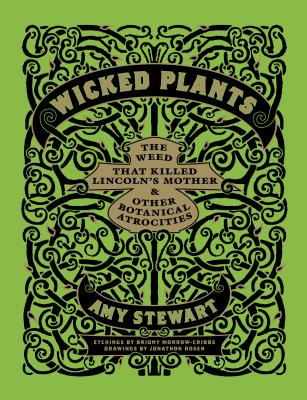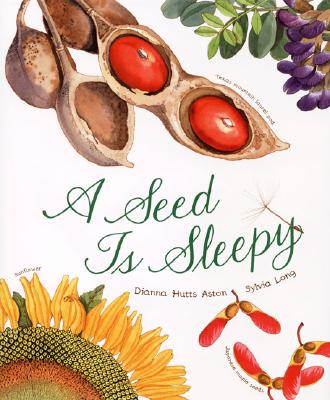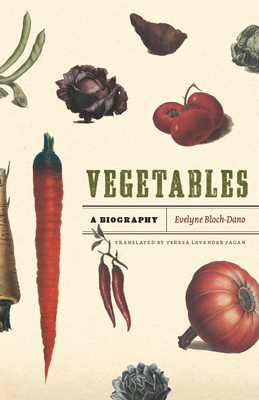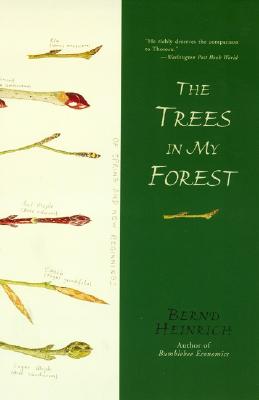Let's review how plants work: Seeds go in the ground. They sprout. They grow into plants. The plants develop more seeds, all by themselves. And then the process starts again.
Except when it doesn't. On Monday, the Supreme Court
unanimously ruled [PDF] that patent infringement occurred when a farmer
bought and planted seeds from a genetically modified strain of soybeans.
The problem? The seeds contained a modification patented by Monsanto. And the farmer didn't buy his seed from Monsanto.
Instead, he bought seeds that had been made the natural way, developing inside other plants grown from Monsanto seed.
 |
| Desire, in their own way. Because plants reproduce sexually, just like us. The Botany of Desire, by Michael Pollan. |
But because these modified seeds were sold without Monsanto's approval, this particular agricultural transaction was a case of patent infringement.
 |
| If they could punish the plants for infringing, they probably would. Wicked Plants, by Amy Stewart. |
To recap: Some soybeans reproduced, as they are wont to do. And the Supreme Court did not approve.
$84,000 worth of disapproval, in this case.
At least they didn't actually fine the plants. That's one part of this that makes sense.
For the rest of us -- those who think it doesn't make sense, or just want to brush up on our own awareness of plant biology -- here's a reading list.











No comments:
Post a Comment